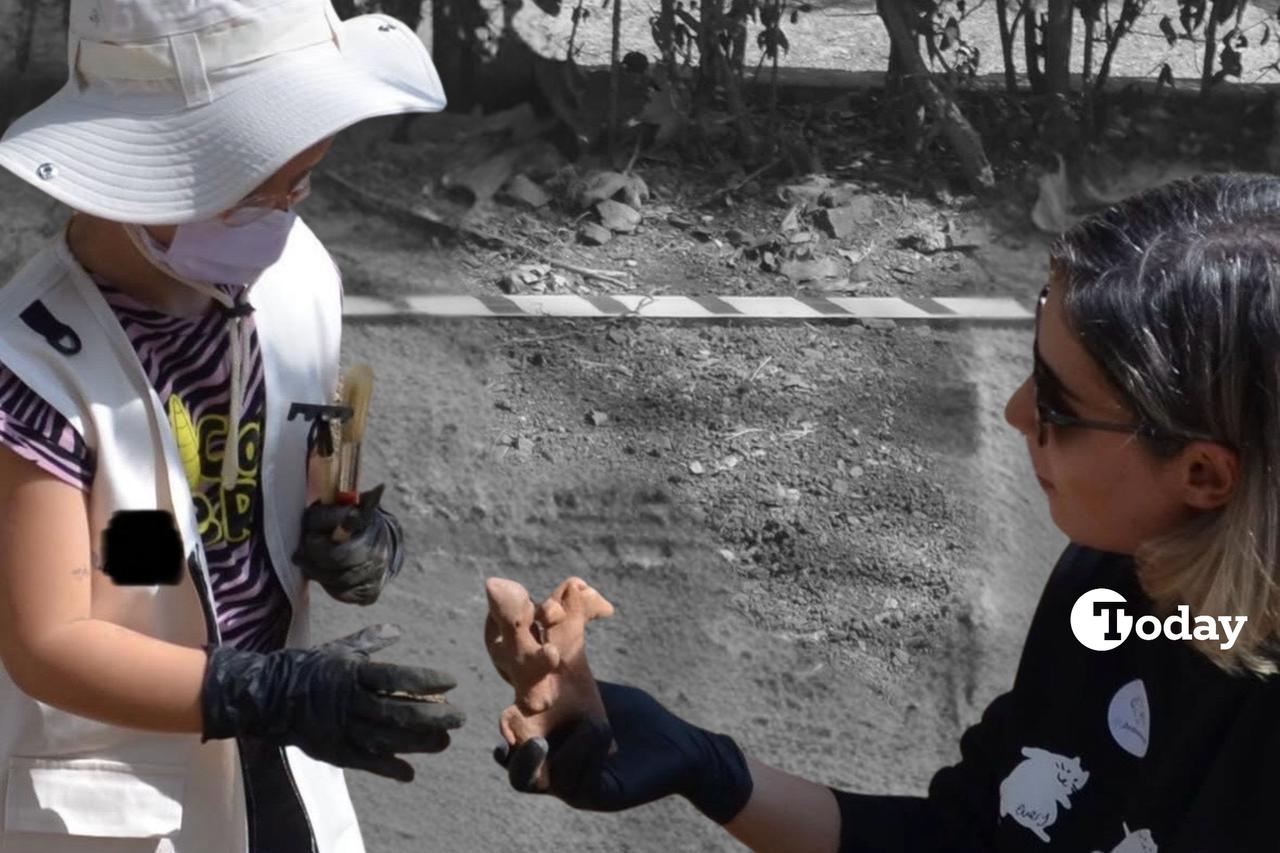
Although Türkiye is home to some of the richest archaeological heritage in the world, that legacy often feels distant from the daily lives of children. According to cultural heritage specialist Asena Ozge Yasar, this disconnect poses serious long-term challenges.
If children do not grow up with a sense of connection to the past, they may struggle to see why cultural heritage deserves protection.
Part of the issue, Yasar explained, is conceptual. Complex ideas such as stratigraphy—the study of how layers of soil and human occupation accumulate over time—are fascinating but difficult to communicate to younger audiences without the right approach.
While Türkiye has passionate educators and archaeologists, it lacks professionals trained to do both, often resulting in material that is either too complex or too simplified to be meaningful.
Another obstacle is structural. Türkiye’s national education system remains highly curriculum-focused, leaving little room for hands-on, inquiry-based learning—the very space where archaeology thrives.
Despite this, grassroots initiatives, museum programs, and workshops are beginning to fill the gap. “Türkiye has everything it needs to build a firm foundation for child-focused archaeological education,” Yasar said, noting that support and vision are key.
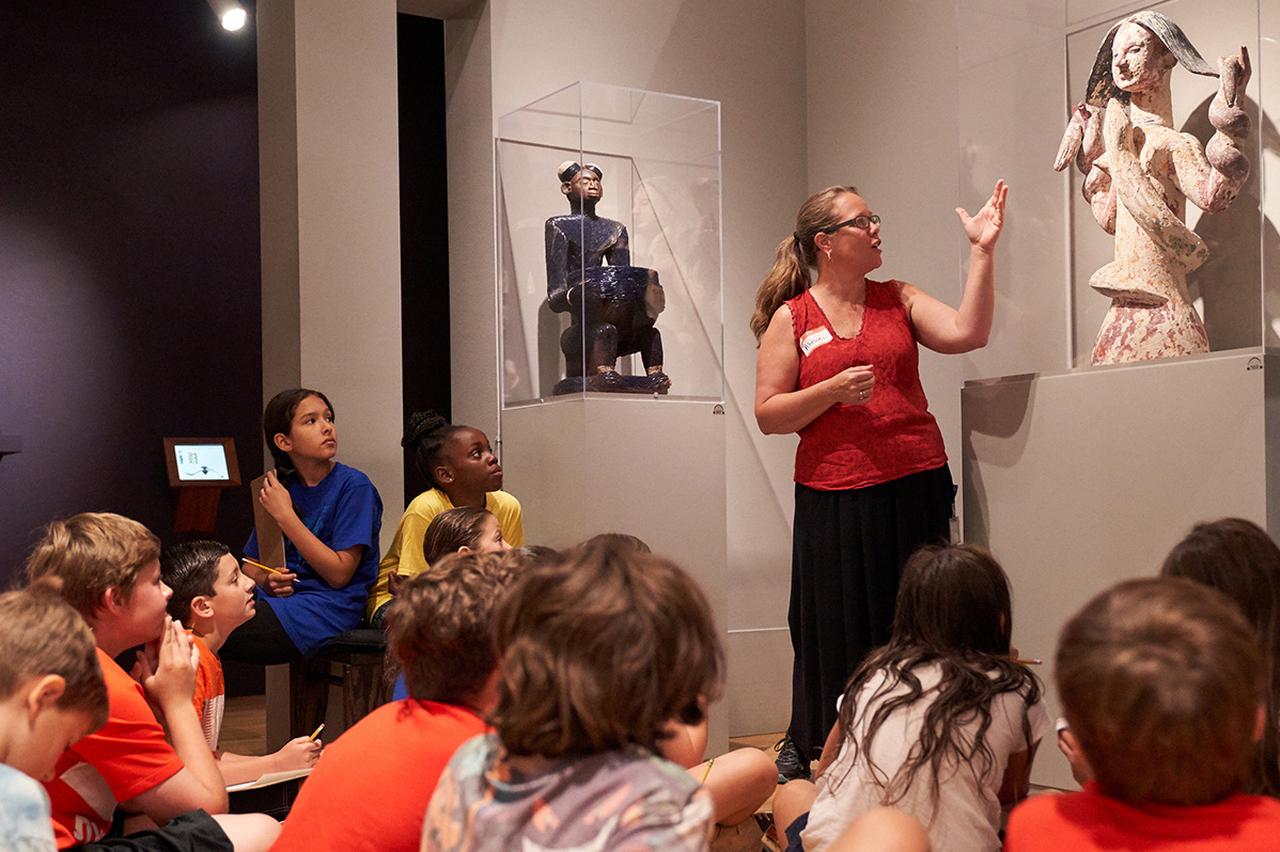
Yasar's time in Atlanta, Georgia, provided a striking contrast. In the United States, she observed how archaeology was used not only to teach history but also to foster critical thinking, environmental awareness, and emotional intelligence.
Institutions such as the Fernbank Museum and Emory University's Carlos Museum run programs where children engage in mock excavations, handle artifact replicas, and construct their own interpretations of the past.
These are not mere activities but immersive learning experiences that develop reasoning and empathy. Tools and materials are adapted for children with different learning needs, ensuring that everyone has a chance to participate.
Yasar credits these programs with inspiring her to develop new educational tools for Türkiye—not by replicating U.S. models, but by translating their core principles for local contexts.
In Türkiye, children’s archaeology programs tend to be sporadic and often disconnected from broader educational goals.
However, Yasar believes that if these efforts are treated as essential rather than supplementary, Türkiye could emerge as a leader in archaeological education.
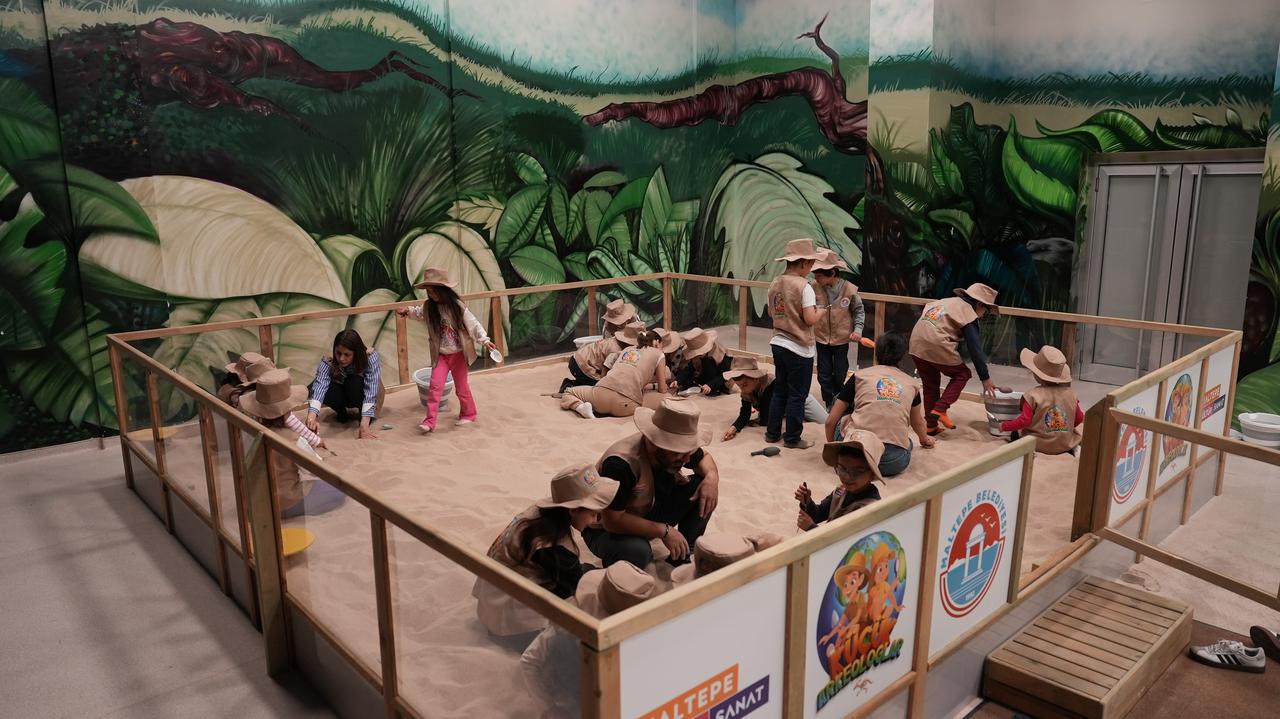
Yasar views children as “natural archaeologists” who already dig, observe, and ask questions. By giving them access to hands-on experiences—touching soil, handling ancient objects, imagining lives from the past—archaeology offers them more than historical facts. It gives them a way of thinking.
Simple exercises such as mock excavations or artifact categorization cultivate logical reasoning and empathy. When a child wonders, “Who used this?” or “Why was it left here?”, they begin to grasp the human experience across time.
These emotional and intellectual connections cannot be taught through textbooks alone.
Moreover, archaeology helps children explore the relationship between people and nature. Studying ancient irrigation systems or climate-adapted cities sparks questions about sustainability that are just as relevant today. As Yasar puts it, archaeology is not about memorizing names or dates—it is about looking at the world with curiosity and depth.
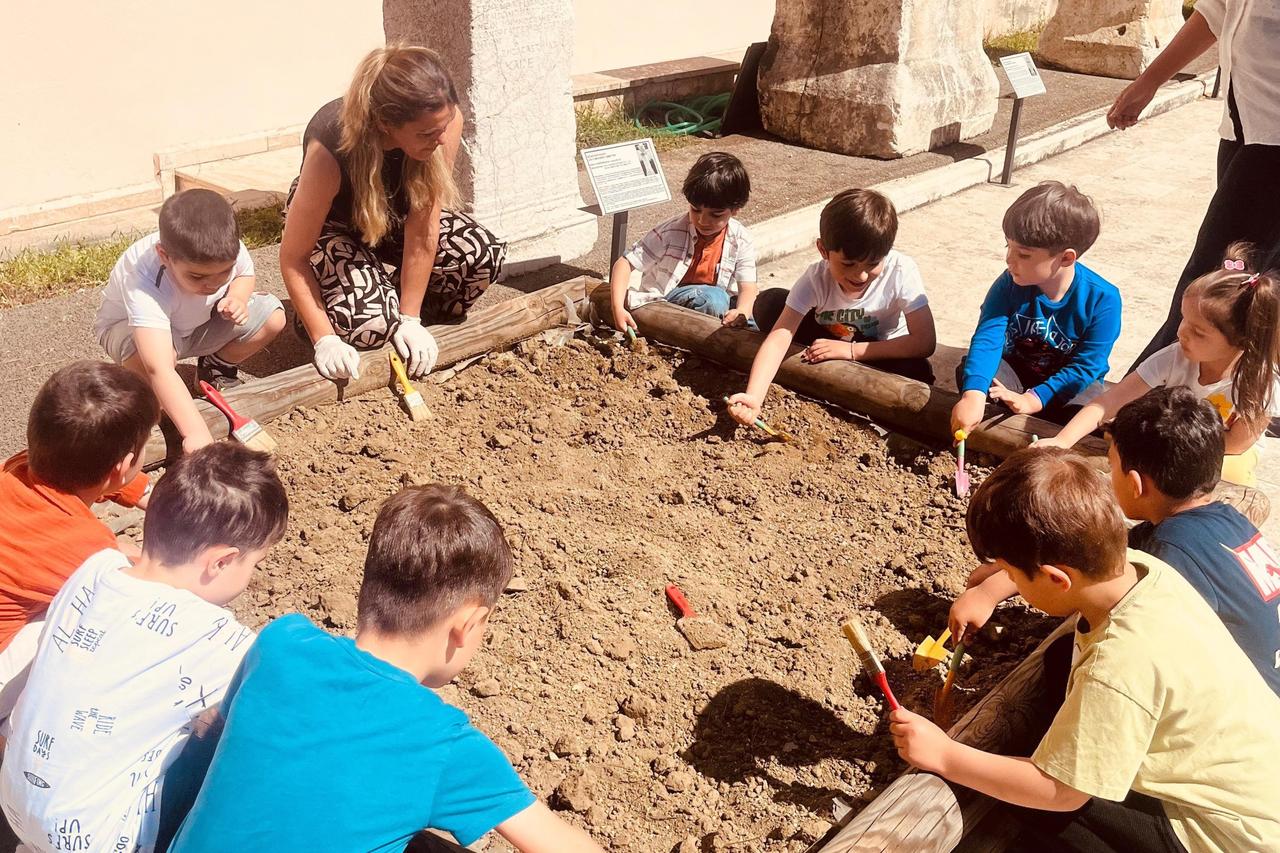
Yasar emphasizes that tools such as museums, excavation sites, and digital platforms are crucial—but only when used meaningfully. In the U.S., museums often deliver interactive, multi-sensory experiences.
Children handle tools, engage with objects, and form their own narratives, making learning participatory rather than passive.
Türkiye is catching up. More museums are offering child-focused tours, and virtual tools—like online games and digital excavation simulations—are helping bring history to life. However, Yasar noted that efforts must be more consistent and inclusive, especially outside major urban centers.
To truly inspire young learners, museums must shed their image as quiet, off-limits spaces. “Children should not only be allowed to question what they see—they should be encouraged to tell their own stories about it,” she said. This is how history remains alive and relevant.
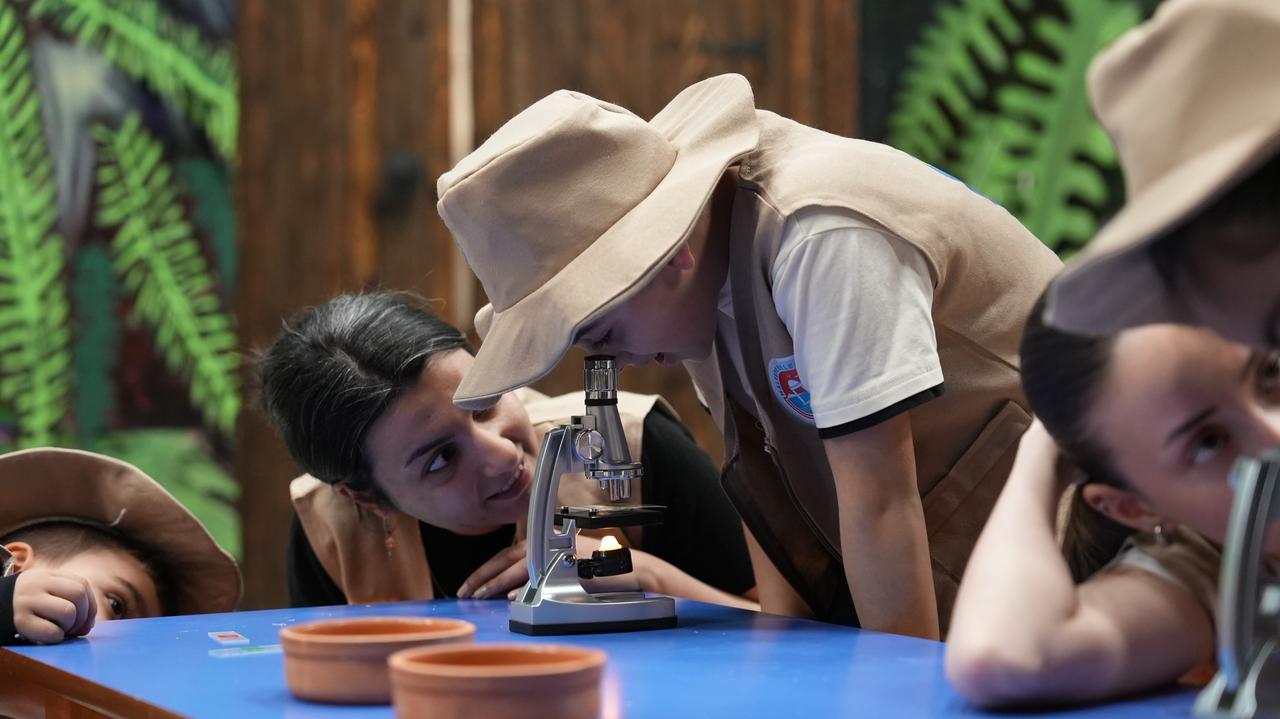
When asked what an ideal archaeology program for children in Türkiye would look like, Yasar envisions a fully immersive, hands-on model.
Children would take part in all stages—from simulated digs to curating small exhibitions—so that they do not just learn about archaeology but become archaeologists themselves.
The program would be built on collaboration between archaeologists and educators, combining academic rigor with pedagogical insight. It would not be limited to major cities.
Mobile learning units and partnerships with regional museums would make it accessible to children in villages and rural schools as well.
Most importantly, children would not be passive learners. They would be co-creators of knowledge, shaping the stories we tell about the past. “They are not just the next generation of archaeologists; they are the future guardians of our heritage,” Yasar said.
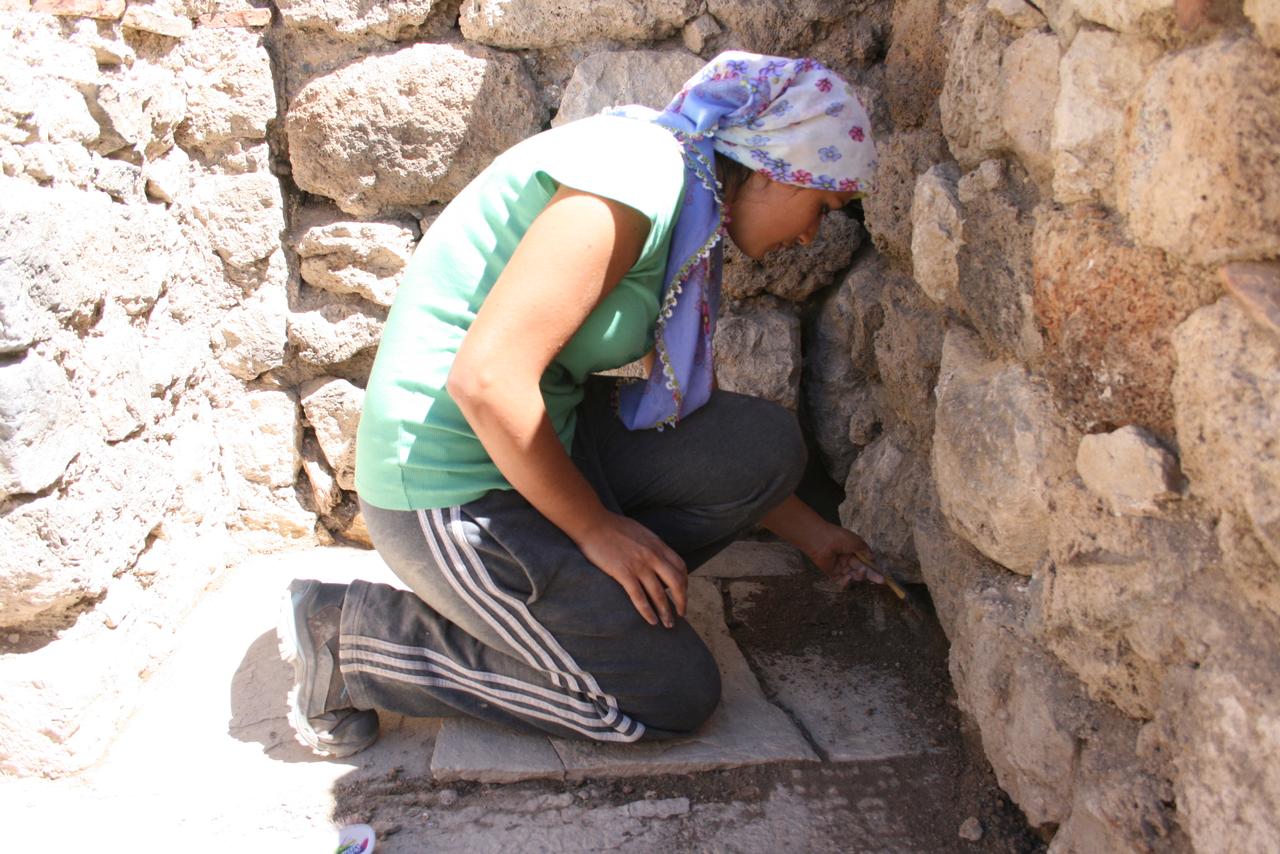
Reflecting on her experiences in both Türkiye and the U.S., Yasar sees different approaches but shared possibilities. She believes Türkiye holds the potential to lead in this field.
With targeted support, archaeological education can become a transformative tool—not only for heritage preservation but also for cultivating a more reflective and empathetic society.
“When a child understands where they come from,” she said, “they begin to see the future differently too. And that is where the real change begins.”